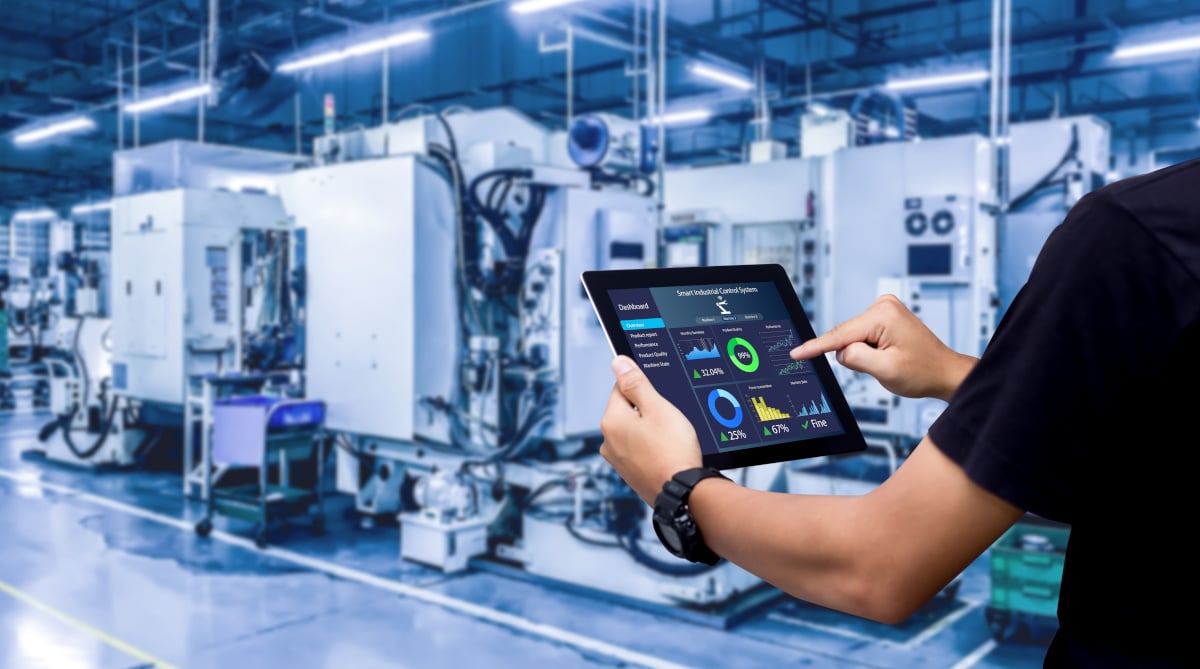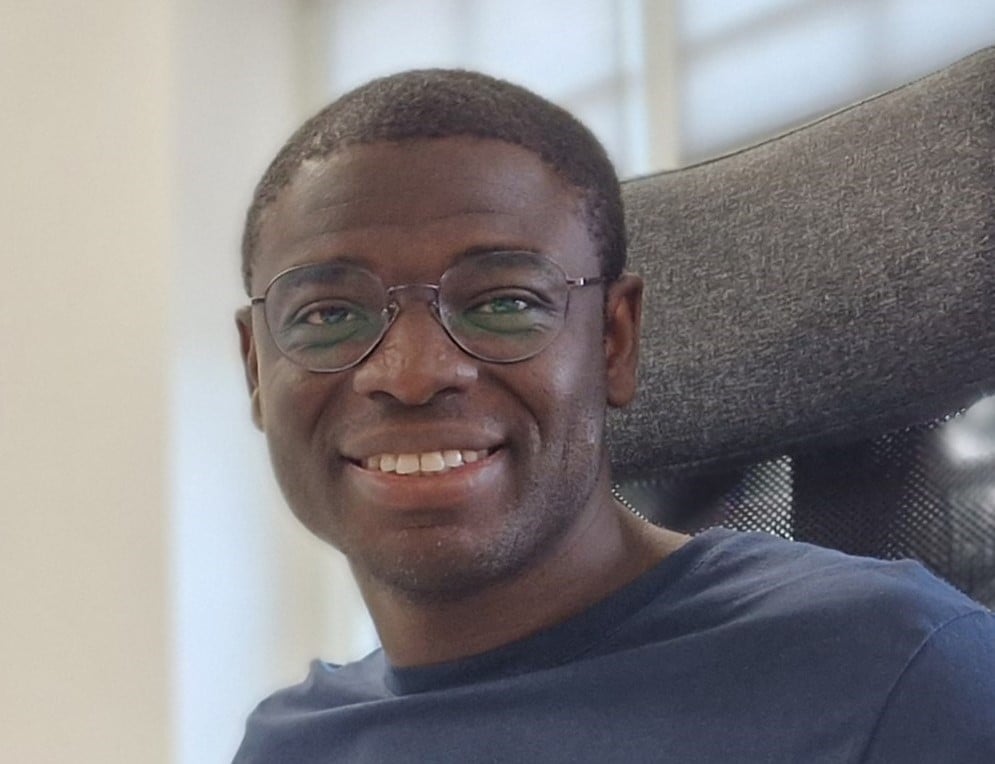“Megatrends are a major movement, pattern or trend emerging in the macroenvironment, likely to have a significant impact on the kinds of products consumers will wish to buy in the foreseeable future. Megatrends evident today include a growing interest in health, leisure, lifestyle, and environmental issues.” – Monash Business School
Material Sensing offers many possibilities to a broad range of industries. It is a powerful tool to enhance processes, drive automation, and make life and work more convenient. In this article we will take a look at three current megatrends that are shaping the future of industries and the consumer market. Moreover, we will explore how Material Sensing can benefit the development of these megatrends.
Automation and the Internet of Things (IoT)
The Internet of Things and the ongoing implementation of automated processes make our lives increasingly easy. Robots can take on the tasks that we don’t want to do or that are too difficult for us to carry out. In many cases, robots can execute them faster and in better quality than we ever could. So, what would happen if robots could also know the composition and quality of the materials they work with? The outcomes would be remarkable.
Over the past decade a range of technology changes have taken place and enabled the rise of the Internet of Things. One of the key factors was the development of affordable sensors, which are crucial to the IoT and automation processes. They enable smart functions in modern appliances, for example the detection of physical phenomena such as temperature and material compositions. In the past 10 years the prices for sensors have dropped to an average 60 cents from $1.30.
Material Sensing sensors in particular offer an easy and affordable way to automate production processes, to reduce costs, save resources, and improve the quality of products along the supply chain. For example, they can be used to conduct automated yarn composition analysis, which enables manufactures to easily monitor yarn quality through the entire production process. This saves time as extensive lab analysis is no longer required and leads to better decision about resources, such as the amount of dye required for different yarn compositions. Material Sensing can also be used to enhance recycling processes by pre-sorting textiles, plastics, and other waste more accurately.
 © [panuwat] / Adobe Stock
© [panuwat] / Adobe Stock
Environment and resources
“Our sustainable development depends on the considered management of our resources, that is the sustainable provision of energy, food, water and raw materials.” – Roland Berger Trend Compendium
With the increasing threat of climate change and ongoing food crises in parts of the world, the protection of the environment and natural resources has become crucial. With the crisis comes the opportunity to create more sustainable ways of living and restore the health of our earth and the species that inhabit it. In accordance with this, the European Union has agreed on the EU Green deal, which among other things aims to reduce greenhouse gases and ensure that every person can access healthy and affordable food.
One industry that needs transformational changes to ensure sufficient food supplies for the future is the agricultural industry. Emerging technologies and smart agriculture play an important part in bringing about these changes. Material Sensing contributes by enabling sensors that allow farmers to increase their yield and the quality of their produce in an easy and sustainable way. For example, cattle feed can be analyzed for its composition and quality to make sure that the animals get all the nutrients they need, which in turn enhances the quality of the cows' milk and benefits consumers.
Additionally, Material Sensing sensors can be used to determine ideal harvest windows for fruit and vegetables to avoid waste caused by overripe or underripe produce. All these improvements benefit the environment and protect natural resources.
Health and care
The introduction of smartphones, smartwatches, and fitness trackers such as Fitbit have put health information and corresponding apps into everybody’s hands. Smartphones can monitor vital signs, measure calories, and help consumer to manage their health easily and with the touch of a few buttons. We want to live a healthier and longer life and current technological advancements give us the opportunity to do just that: Finally, we have the knowledge and the devices to track our health around the clock.
“Researchers say more advanced technology, which could give users a readout of their state of health every day, offers the possibility of enabling people to regulate their behavior to optimize their health.” – World Economic Forum
The benefits of a balanced diet and physical fitness play an important part in health. People have a growing interest in eating healthy, tailoring diets to individual needs, and monitoring vital signs when working out. This is where Material Sensing enables them to make better choices, for example when selecting food at the supermarket. By using this powerful technology, consumers can choose the meat lowest in fat, the ripest fruit, and the freshest vegetables. Additionally, it allows them to monitor their nutrition and protein intake to stay on top of their physical health and to adjust their diet to their individual needs.
![]() © [asiandelight] / Adobe Stock
© [asiandelight] / Adobe Stock
It is clear that current megatrends can benefit from Material Sensing and its powerful capabilities to solve a multitude of problems. Miniaturized Material Sensing sensors, such as Senorics’ sensors, offer another big advantage: they can be integrated into almost any consumer device, including smartphones and smartwatches. The affordable and easy-to-use technology enables measurements within seconds and makes life safer, more convenient, and more sustainable. Soon Material Sensing will become ubiquitous, enabling people worldwide to analyze material compositions and make informed decision.
Are you in need of a Material Sensing solution to enhance your products and processes? Contact us at inquiry@senorics.com for further information.




